I’m really excited to share this interview with Greg Schmigel, a talented street photographer who has been described as one of the pioneers of iPhone photography (though Greg doesn’t like that description). In this interview Greg shares tips for not only taking better photos, but also learning how to see the world as a photographer.
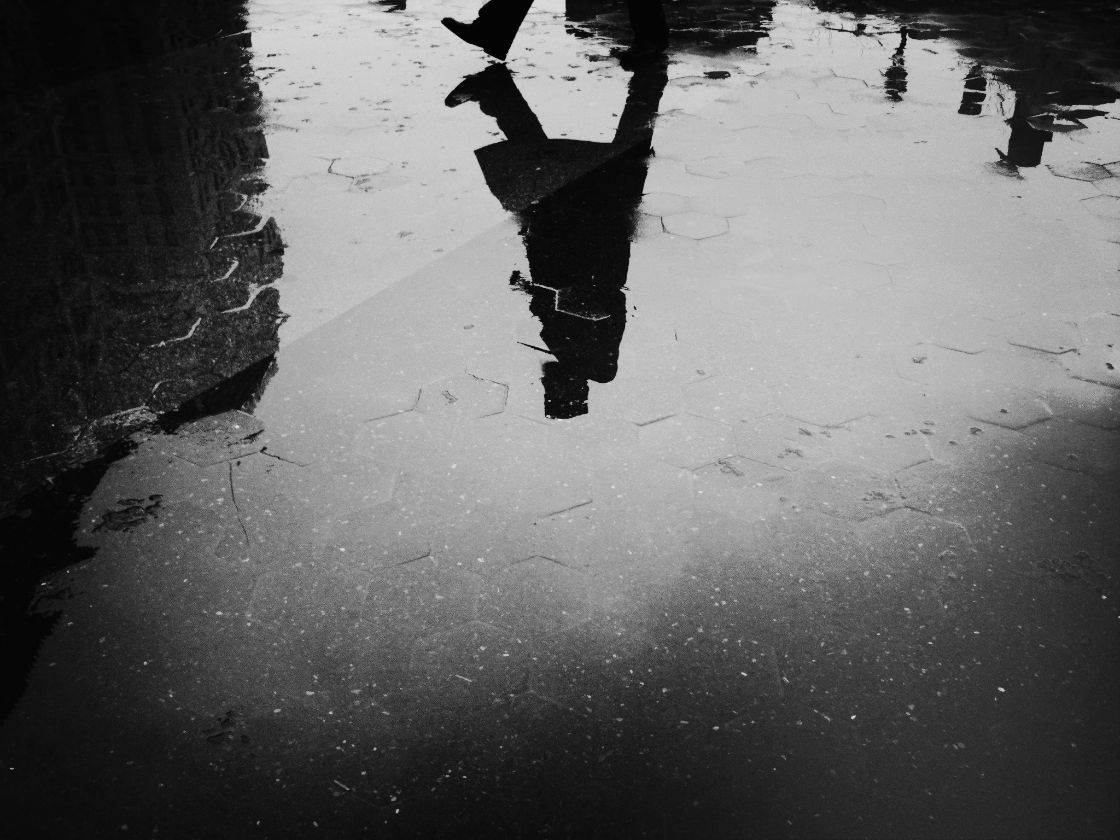
Tell us a little bit about yourself.
By day I’m a senior graphic artist for a direct-marketing agency just outside of Washington DC. I have the privilege of working primarily for Wounded Warrior Project as a client. Hopefully you’ve heard of them? We service only nonprofit organizations. So at the end of the day, I feel good about what I’ve done. I feel good to think that maybe I’ve helped a wounded veteran who has given so much for us.
I live just north of Annapolis, Maryland in a town called Arnold with my wife Suzy (@suzyschmeegs) and our two beloved Boxers: Brooklyn and Arthur. If you follow my wife on Instagram, you’ve probably met our dogs.
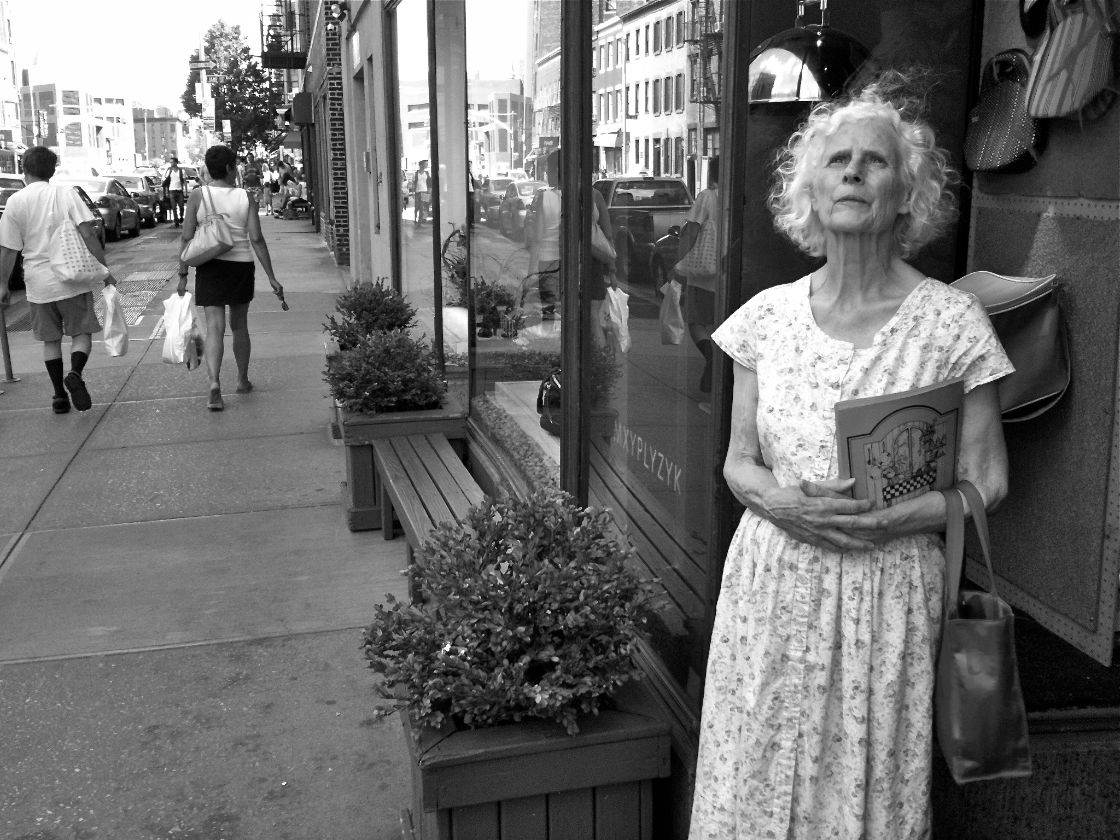
I’m self taught as far as photography goes, I would say. It’s a continual learning process for me, though. I like to call myself a “professional and perpetual amateur”. I think if I had it all [photography] figured out, well, I probably wouldn’t enjoy it as much as I do. The learning, the growing, and the often failures are what makes taking pictures so appealing to me. There is no right or wrong way to do it, I always tell people. Sometimes you just have to enjoy the ride and discover your direction along the way.
What inspires you to take photos with the iPhone?
Honestly, I didn’t intentionally buy an iPhone for the sake of taking pictures. Late in 2007, I purchased the original iPhone 2G. I got it all set up to receive email, I loaded my contacts and surfed the web a bit. I’ll always remember that the last thing I realized was that there was a camera. I’ve been snapping pictures with it ever since.
The main inspiration, I think, with the iPhone (or any mobile device) is that it’s always with you. We’ve all heard Chase Jarvis’ statement, “the best camera is the one that’s with you.” And he was right on when he said that. You’re mobile is always with you (or at least within reaching distance). So, there’s no reason NOT to snap a picture of something, some place or someone you find interesting … or “un” interesting, for that matter.
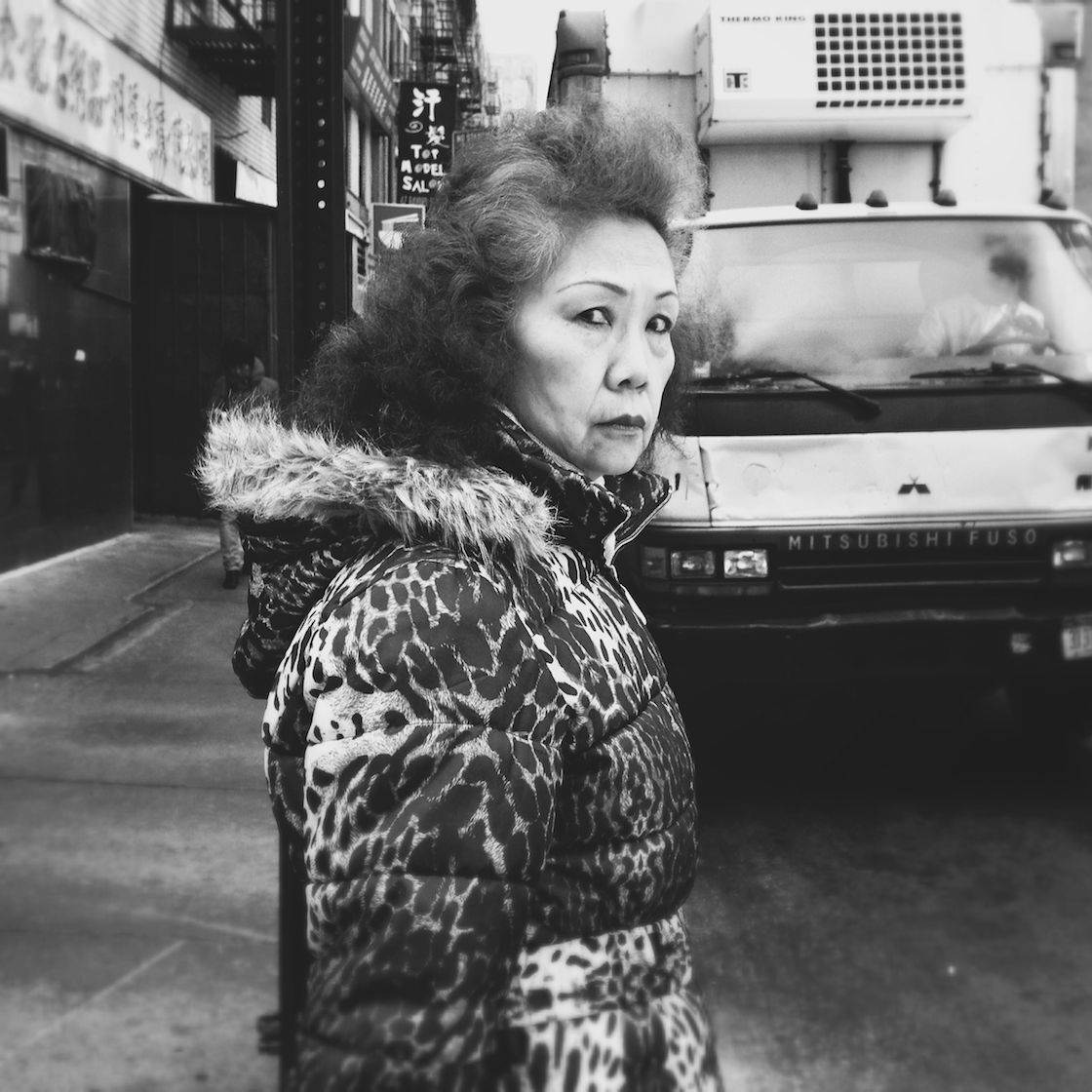
As far as my personal inspiration goes, I’m a big fan of the work of Garry Winogrand. I love the way he approached photography. It was a no nonsense, no bullshit approach. Just him, taking pictures the way he wanted to take pictures. Fortunately, we have his photographs to look at today. I’ve always thought that it would have been really nice to talk to him for a few minutes.
You believe that 90% of the art of photography is about what the photographer sees with his or her own eyes. Could you elaborate on that?
What I mean is that some of us spend so much time on worrying about what gear we have, what the latest and greatest camera is, etc. But that’s really NOT what’s important in photography, not to me, at least. Now, don’t get me wrong, I fully understand that from a ‘technical’ standpoint, there are better cameras than others.
We all know that the image you get from a Leica M9 is going to be far superior to the image file you create with an iPhone. It doesn’t take a dummy to know what. But that does NOT mean that you can’t make an equally good or even superior photograph – from a creative perspective – with an iPhone or a mobile device.
I guess my point is that I prefer to focus on “seeing”. Have you ever taken pictures without a camera? Where you actually just take a walk and take photographs with your eyes alone? Try it some time. We all need to learn to see more, we need learn to find what interests us. Then … well, simply use what you have to capture what YOU see.
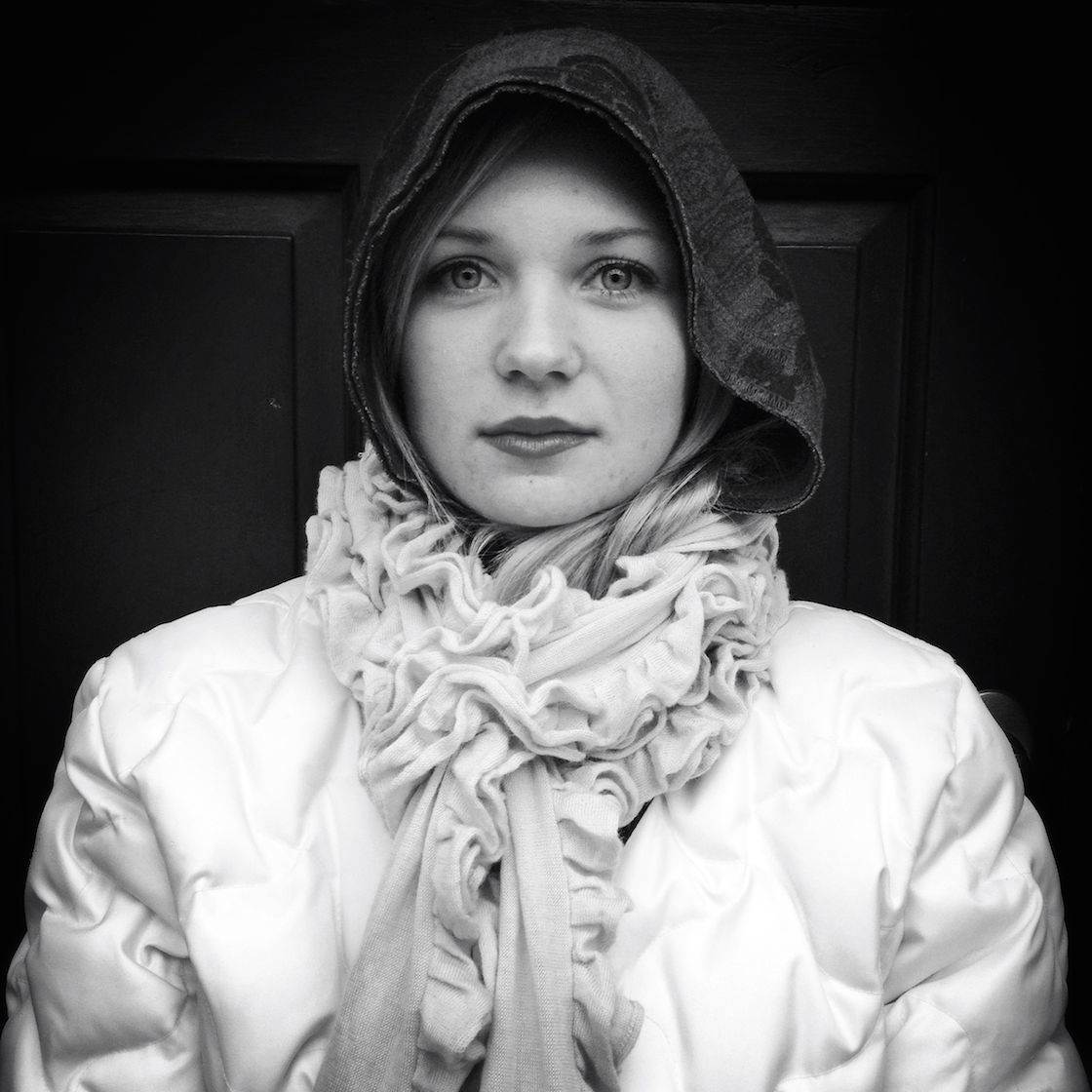
You focus almost exclusively on street photography. Why do you prefer this genre over other styles of photography?
‘Street photography’ (if we have to give it a name), is something I was introduced to about 7 years ago by a friend and photographer. It was one of those genres of photography that I always like to look at in museums, in galleries and in books. But it was also one of those things that I though just ‘existed’. That’s kind of hard to explain. Street photography wasn’t something that I knew I could create, I’ll say. It just … was.
I’m passionate about many types of photography. I think being interested and open to other genres of art will only strengthen the bond you have with your preferred genre. I shoot food, I try landscape work, I do some portraits, and I also shoot stock photos for Stocksy.com. And I do this because it feels like a healthy break to me. But sometimes we get so sucked into our “street” work that we really just need to take break. We need to look away to see other things so that we can reboot our creativity.
But what I love about street photography is that it allows us to capture some of the most beautiful slices of life that we can make permanent. About 4 or 5 years ago, I was asked to contribute a quote for a blog regarding this same question. My response hasn’t changed since:
“There’s something special and unique about shooting street photography. It’s real, it’s true slices of life as we see it — and many times, slices of life as the rest of us miss them.”
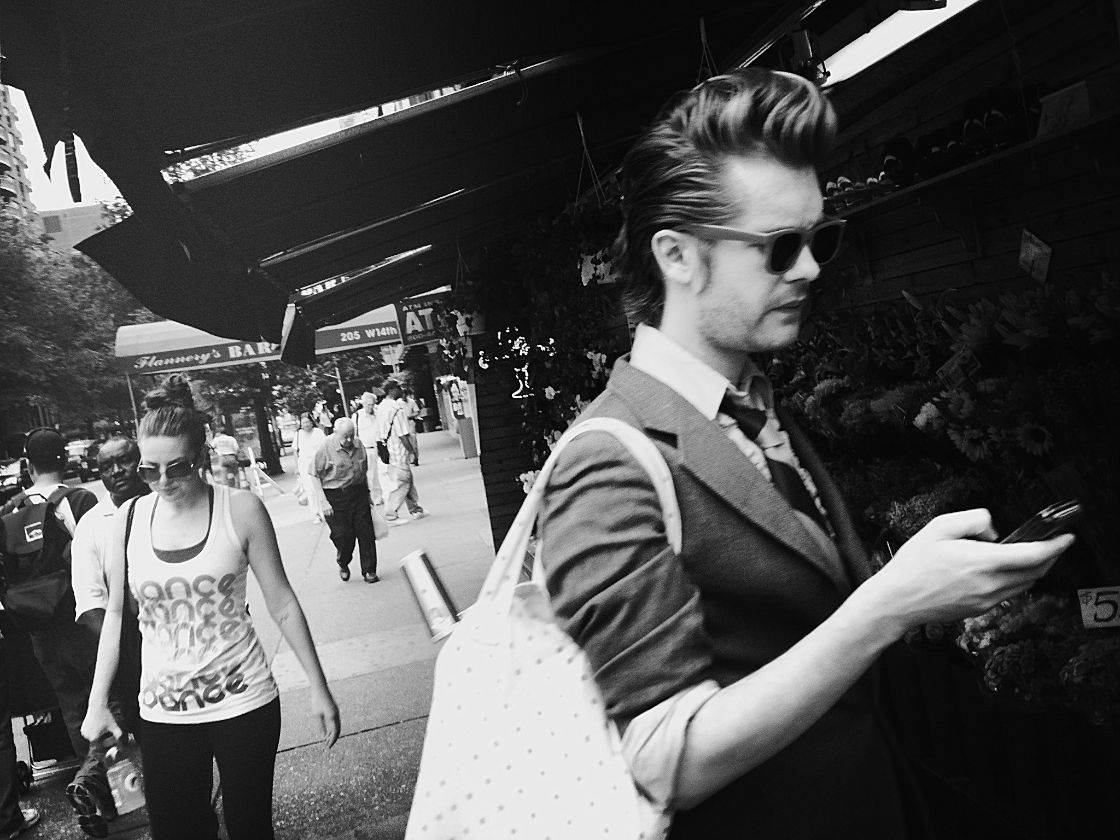
For the past couple of years, I’ve had the opportunity to teach classes on mobile photography at a local high school. This year we covered black and white photography with a focus on street photography. It’s always fun teaching and learning from the kids. A few of the students have turned to hitting the streets on their own for photography. That makes me feel good that they’ve found an interest in street photography.
Let’s talk about photo apps. Which apps do you use the most?
My iPhone is very light when it comes to apps. I have about three for shooting, and three or four, tops, for post processing.
For shooting, I use ProCamera, the native iPhone Camera, and sometimes 6X6. Previously I used Hipstamatic for a specific project I was working on, We’re All Strangers. But for the most part, I will simply reach for ProCamera as my go-to shooting app.
For post processing, I mainly lean on CameraBag, AfterLight and VSCO Cam, depending on the mood. I’ve got maybe 2 specialty apps for doing one specific task. (Big Photo and Genius Scan). But that’s really it. There was a time when my device was packed 20, maybe 30 photo apps. But really … what’s the point?
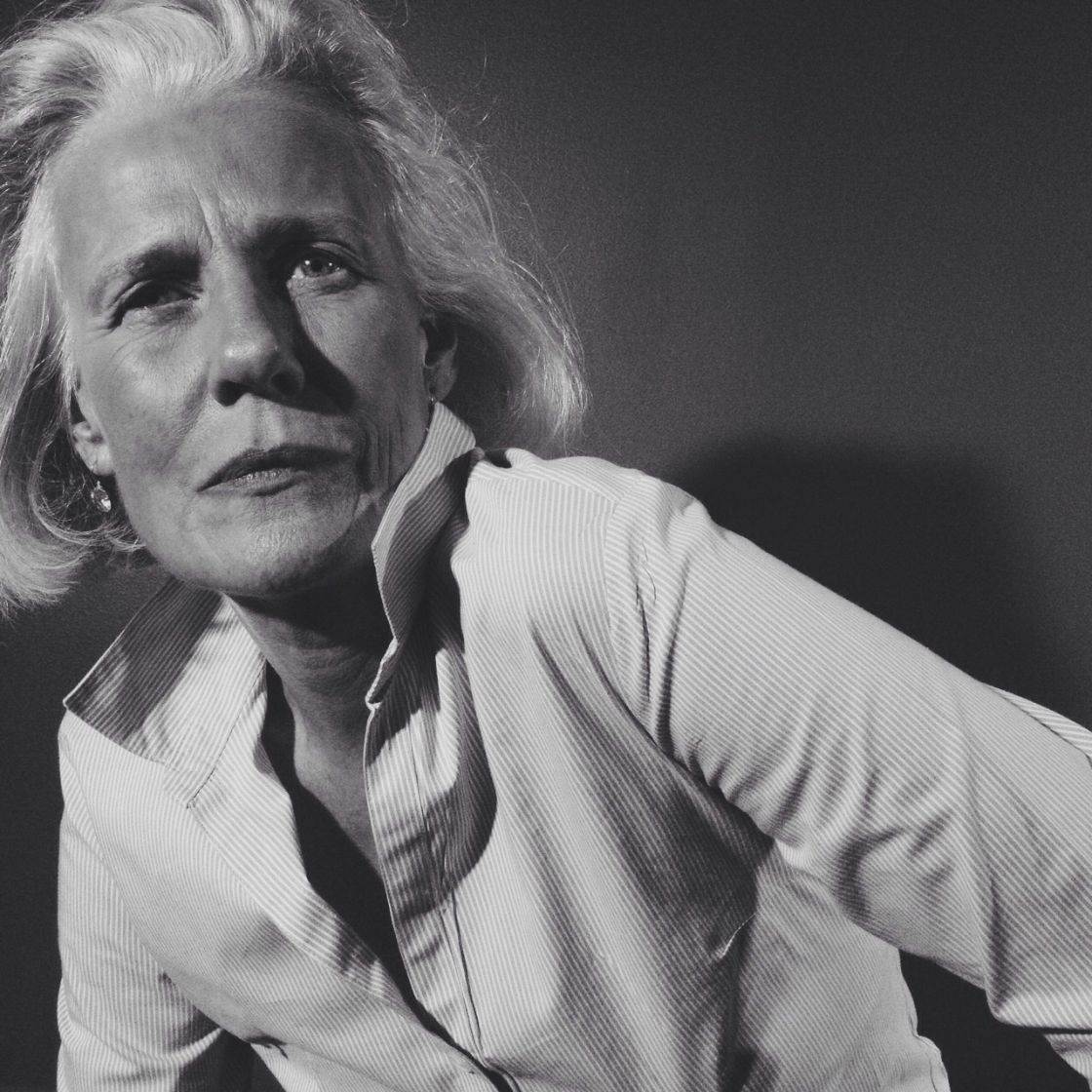
I’ve always felt that there are basically two types of ‘artists’ who use the iPhone for creating art: there are people who use the camera as a ‘camera’, and there are people who use the camera as a ‘canvas’. The latter could probably benefit from having all the apps in the world. But as a photographer, well … I just like to keep it simple.
I also prefer separating the two fuctions: shooting and post processing. For example, I don’t shoot with an app I use for post-processing. I prefer to use a shooting app to shoot, and a processing app to process. But hey, that’s just me. Again, there’s no right or wrong way to do it.
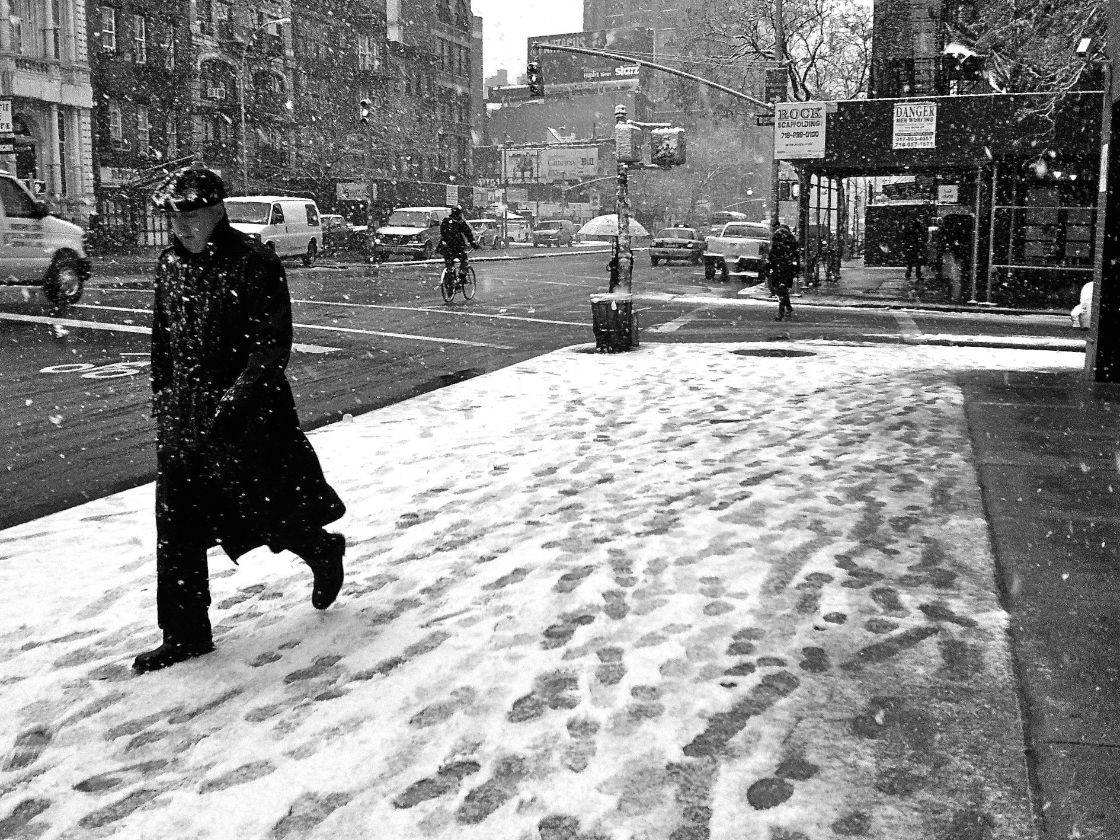
Do you have any accessories for iPhone photography? Would you recommend that people buy them?
I have some lenses that we’re given to me as test samples. I have some cases, some gadgets, and some who-knows-what. But most of that is gimmicky to me. I don’t think the lenses I have ever left my house. They’re still in a box in the back of a closet. My advice to people using the iPhone for photography is simple: Get yourself a protective case, an external battery pack, and go take pictures, period.
When we start wondering if we need this accessory or that accessory, we get ourselves into the same conversation we had about cameras in the beginning of this interview. All those gadgets and add-ons are of the 10%. Don’t worry about all that stuff. Focus on the 90% … learning to see and enjoying the process of making pictures.
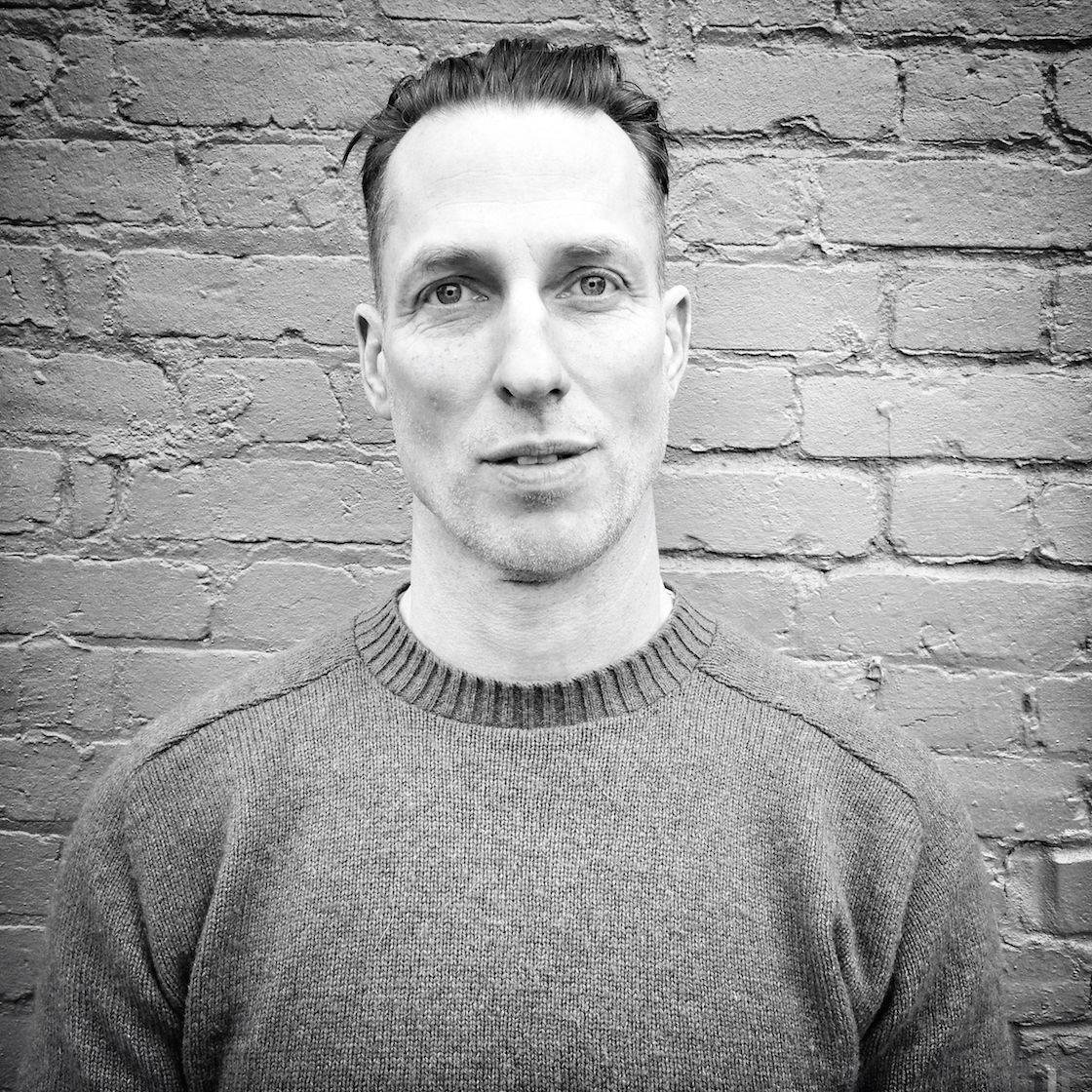
What tips do you have for beginner iPhoneographers who want to start taking creative photos with the iPhone?
Don’t ‘want to start taking pictures’. Just start! There is absolutely NO reason for you not to.
I’d suggest that you find something your interested in photographing. Perhaps it’s people, perhaps it’s landscape, perhaps abstract … it could be anything. But I’ve found that if you have a focus on what you want to photograph, it helps. Don’t get me wrong, photograph everything! But sometimes, when you’re all over the board with your shooting – especially in the beginning – you can loose your focus on quality. But, again, that’s just my opinion.
Can you briefly explain the story and editing behind your three favorite iPhone photos?
You’ll have to read my response to the question regarding “storytelling” first. But, yeah, sure … I’ll be happy to share with you 3 of my own personal favorite mobile photographs I’ve made. You’ll just have to excuse me if I don’t put a story with the photo. Rather, it these were situations I found interesting and simply snapped a picture.
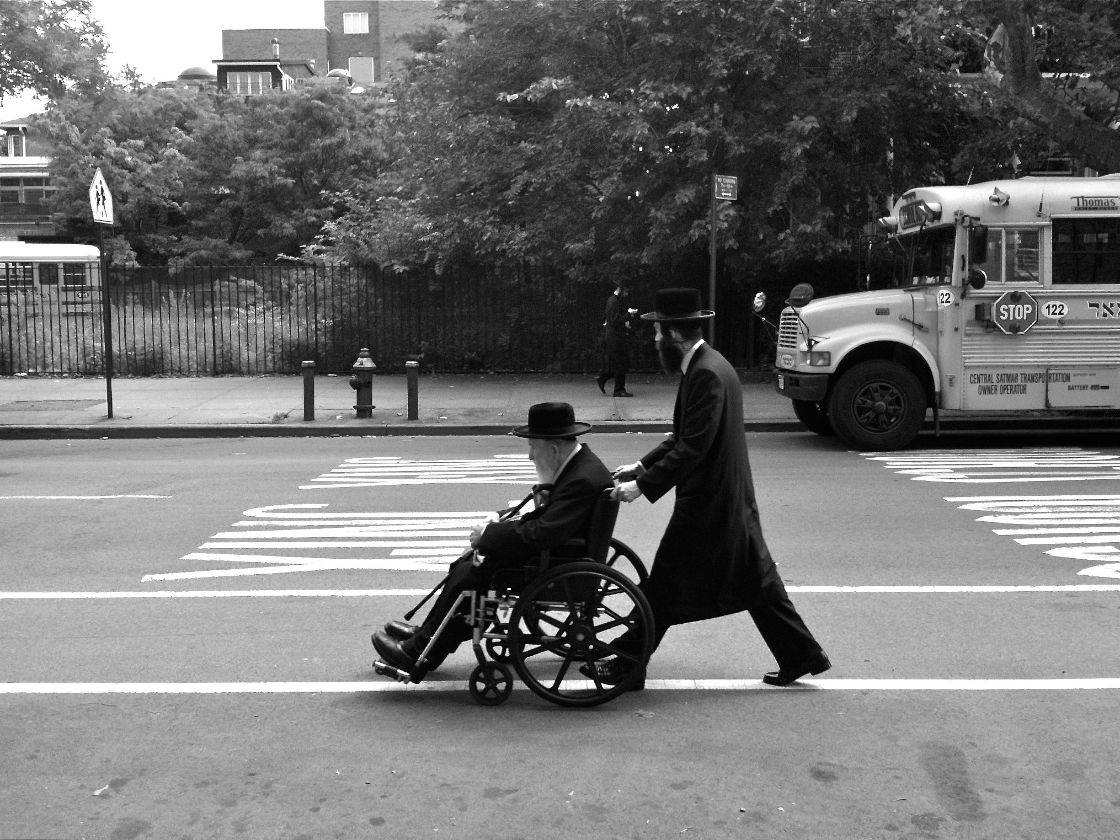
Young and Old, Bedford Avenue, Williamsburg, NY
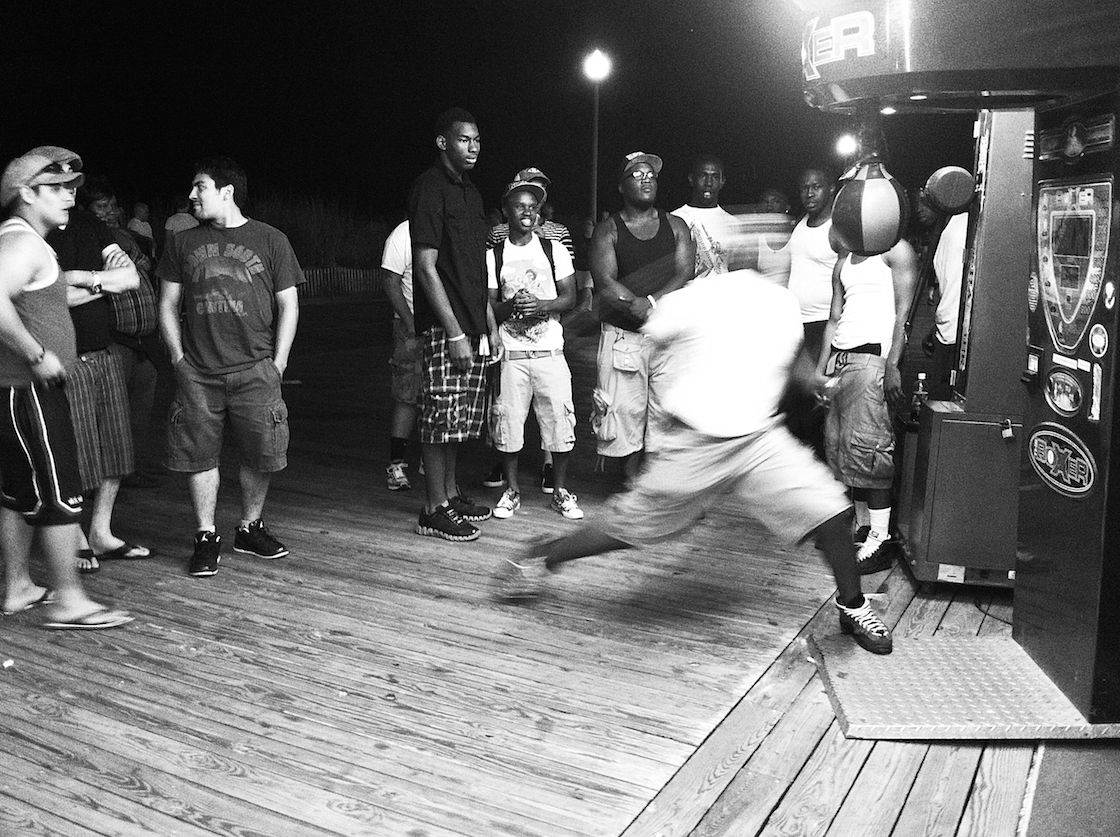
Technical Knockout, Rehoboth Beach, Delaware
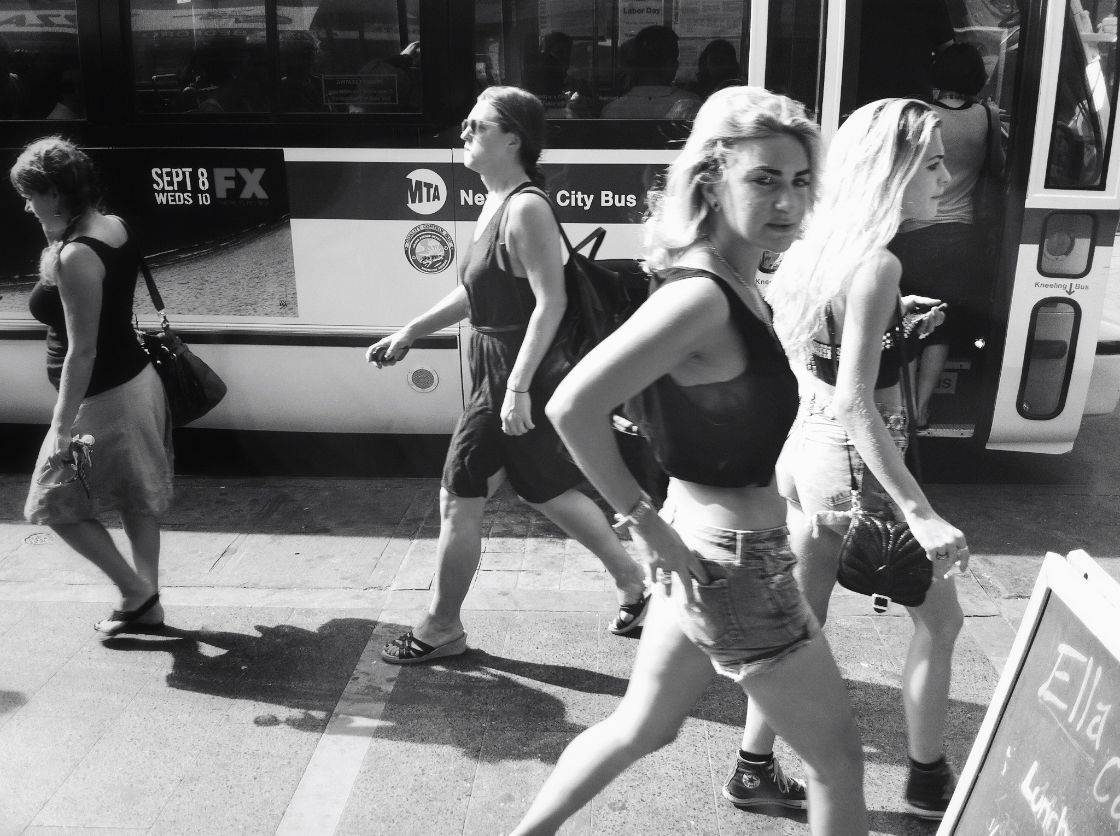
Brooklyn Girls, Brooklyn, NY
Street photography is all about storytelling. What tips do you have for telling a compelling story in your photos?
I am not of the story telling school, to be completely honest. My photographs, as I present them, don’t have preconceived stories behind them. That’s for the viewer to interpret. I believe in what Winogrand once said, “photographs have no narrative content, they just describe how something looks when it’s photographed.”
If someone wants to create their own stories when they view my photographs, I think that’s a beautiful thing. But I simply do not believe in forcing a story onto the viewer. Who wants to be force fed, anyway? We all have our own minds, and by making someone see a photograph how I or anyone else sees it is, well, a bit insulting to the view in the first place. Don’t you think?
Now, storytelling does have it’s place. Take photojournalism as an obvious example. You’re given an assignment, you’re told to capture and tell a story of an event with words and photographs. Sure…that’s where it’s appropriate. But if you’re simply creating photographs as art, then let the viewer create their own story.
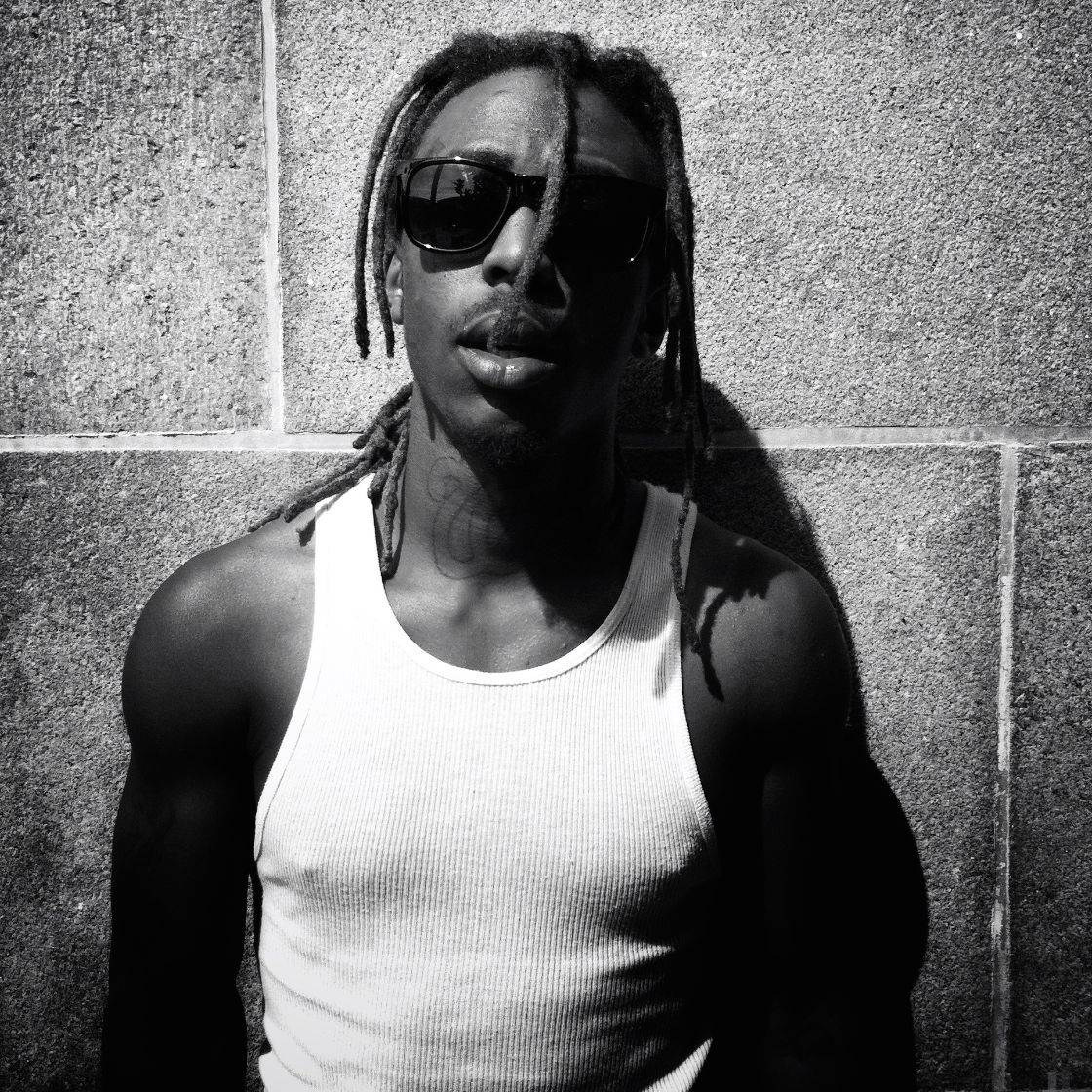
If he or she wants to know the story behind the photo (if there even IS one), then they’ll ask. But I really don’t think that words on a page, or forcing a story into the mind of someone else, is going to do ANY service to a photograph. In fact, I think it has just the opposite effect. It detracts from the photo.
The funny thing about photo journalism and street photography is that it is a very similar genre. Yet at the same time, it’s 180 degrees different. In photojournalism, the photographer or reporter sets out to capture and convey – “the who, the what, the why, the where, and the when.” That’s their responsibility.
But with street photography, although I may be capturing “photojournalistic-looking” photographs, I NEVER set out to capture the who, the what, the why, the where, and the when. That’s for me to know, but not to force onto anyone else.
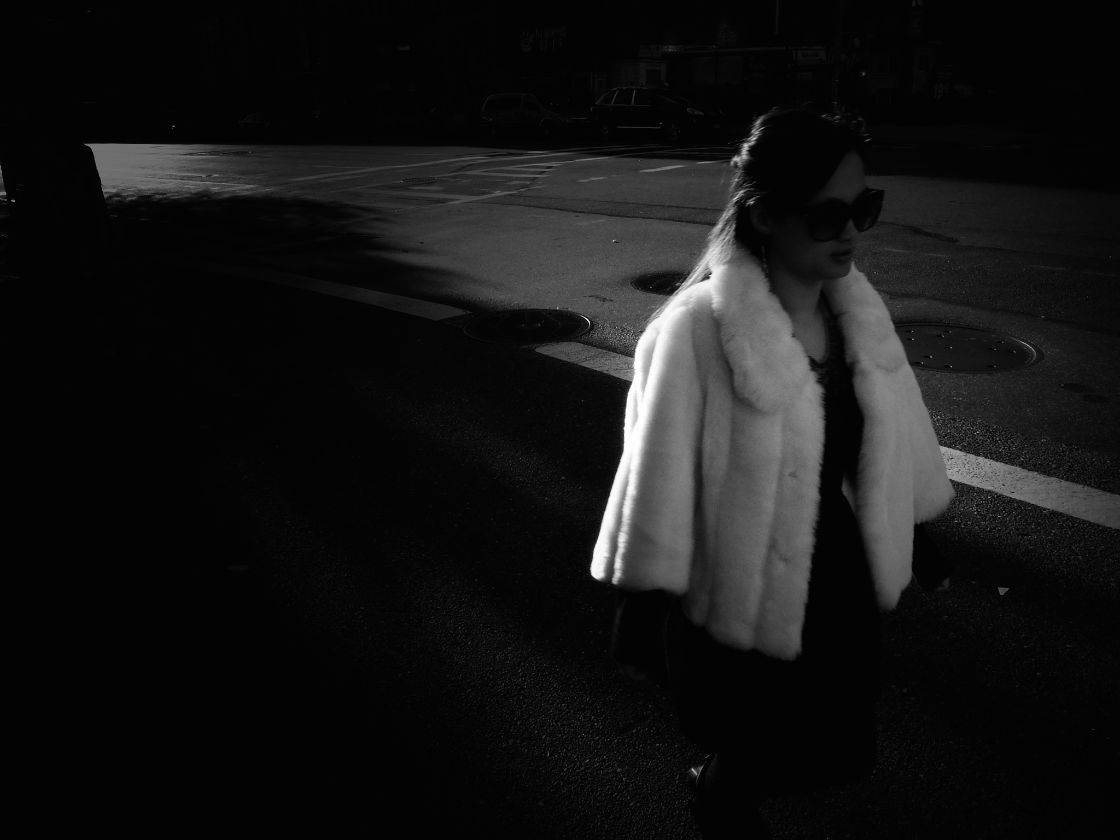
One of the main challenges in street photography is taking photos of people you don’t know. How do you deal with that?
Nowadays, I have a harder time taking pictures of people I DO KNOW. (Ha, ha.) But honestly, I guess I don’t really think twice about it now when I photograph a stranger. Although, I will say, that it did take me quite a while to become comfortable with it. And I think that’s the nature of “street photography”. It can be very intimidating at times. But the more you practice, the more comfortable you get with it. Practice, practice, practice.
But that said, no matter how comfortable you are, there are some basic rules I find you should follow. One of those rules is “respect.” I think it’s extremely important to respect the people you are photographing in public. Think about it. Street photography is a very “one-way” genre of photography. We, the photographers, take, take, take. We take things that aren’t ours. And we take these things for our own personal satisfaction. We take a moment in a stranger’s life, and make it permanent for us to enjoy. Without respect for these subjects, there’s a good chance you’ll come home with an empty camera roll, or maybe even no camera (or iPhone) at all.
Some might not agree. I doubt Bruce Gilden would agree … but hey … to each his own.
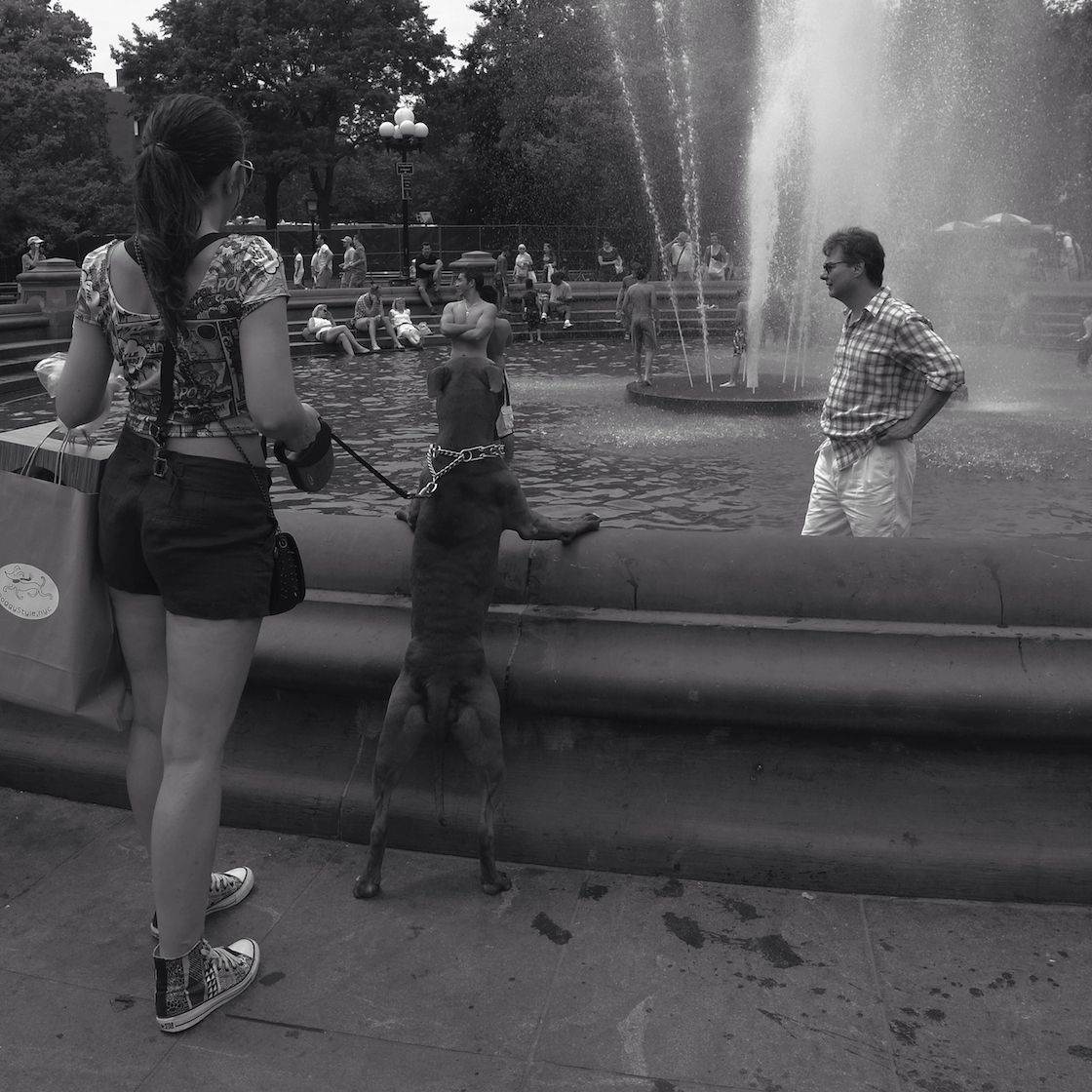
Your photography has been exhibited repeatedly. What tips do you have for iPhone photographers who want to gain more exposure?
The social networks are great for getting your work out there and getting your name in the stream of the community. But I’m not just talking about slamming the social world with your pictures. You’ll find much better results if you interact with the community. View other people’s work, leave comments, ask questions. I think we’re all guilty of posting, posting, posting and NOT interacting.
But then, a couple weeks go by, and there’s no interaction. I guess as they say, “you get what you give.” Plus, it just makes the whole process that much more enjoyable to meet people from all over the world who are sharing the same passion that you are. Don’t be afraid to interact.
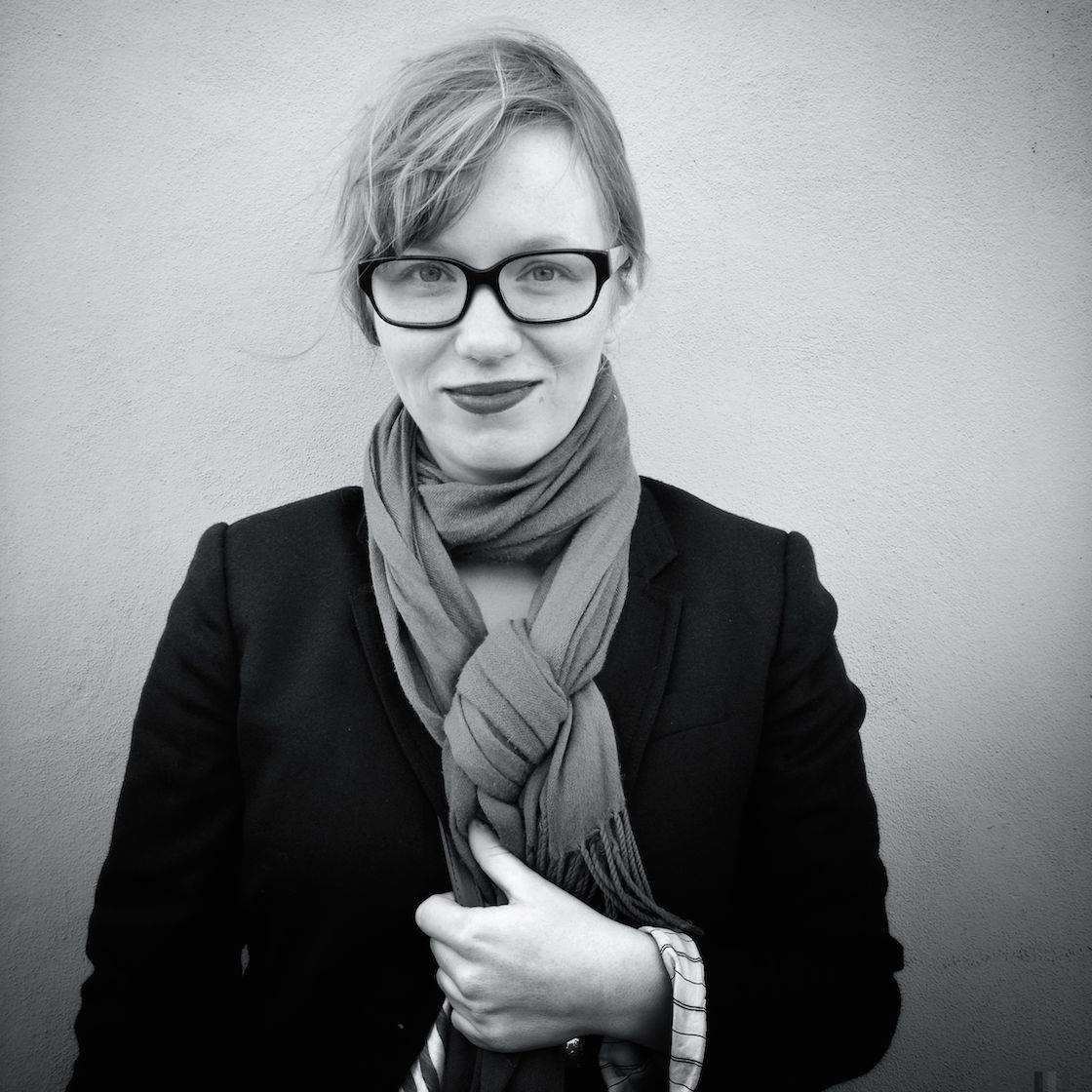
I think I just got a little lucky as I came into the game very, very early … 2007, it was. I just started sharing photographs on Flickr and was tagging them with terms like “iPhone” and “iPhone photograph”, etc. Soon after, I met a couple of people, conversations began, and before I could look back, the movement was well underway.
A few years ago I came across an article on my works. Someone referred to me as a “Pioneer” in the movement of mobile photography. To this day, I still struggle with that one. Hell, I was just taking pictures with my iPhone… like a lot of other people were. Plus… I don’t have a horse.
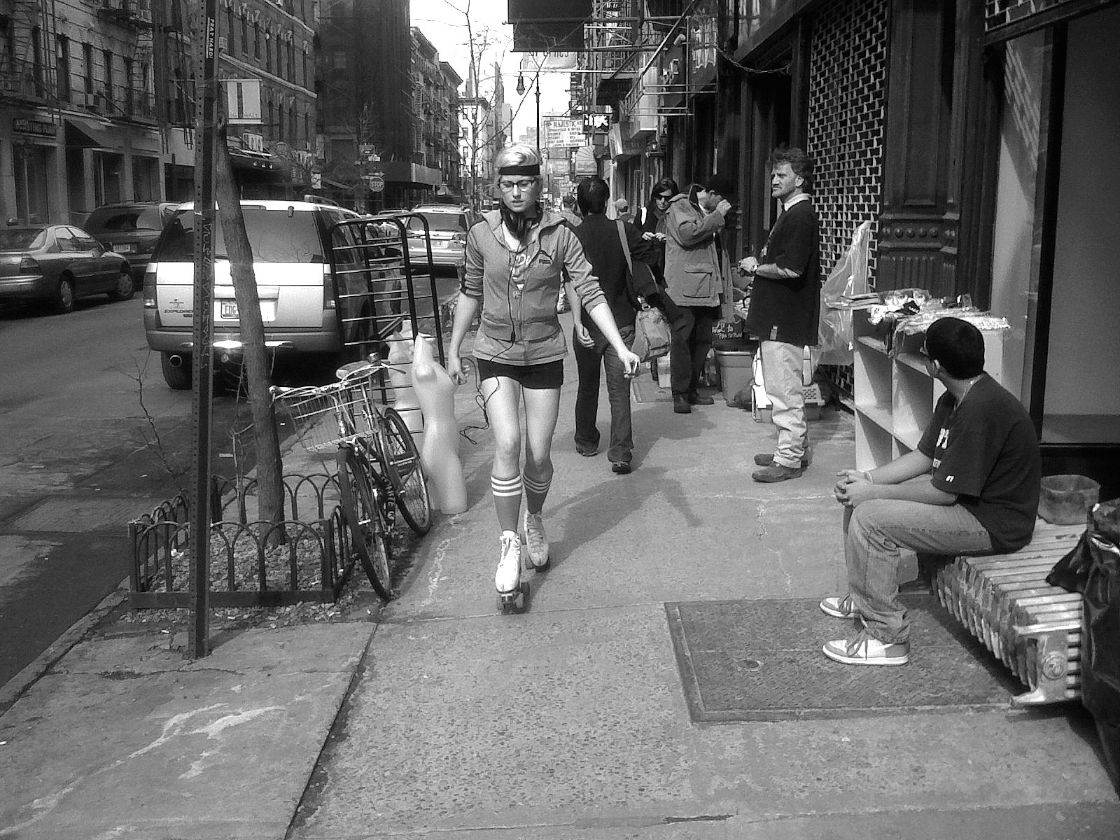
You also offer your photography for sale on your website and on Stocksy. Is there are market for quality iPhone photography?
Absolutely, there’s a market. I was invited to join Stocksy in the early days of their launch. There are a few people in the group who use the iPhone for the majority of their work. People like Kevin Russ, (@kevinruss) who’s mobile work has inspired me greatly. Robert Paul Jansen, another colleague from the early days of mobile photography, is a member. I was quite proud when they reached out to me. I remember telling them, “You know…I shoot with an iPhone, right?” I think their response was along the lines of, “Yeah, we know. Nothing wrong with that!”
I sell prints from my website as well, but it’s not everyday that a print sells. I usually will sell more following an exhibit, show or interview. But yeah, an occasional visitor will shoot me an email and inquire about purchasing a print. My photographs are sold as works of art on my site, and are not sold to commercial entities or to be used for marketing purposes.
Where can we see your iPhone photography?
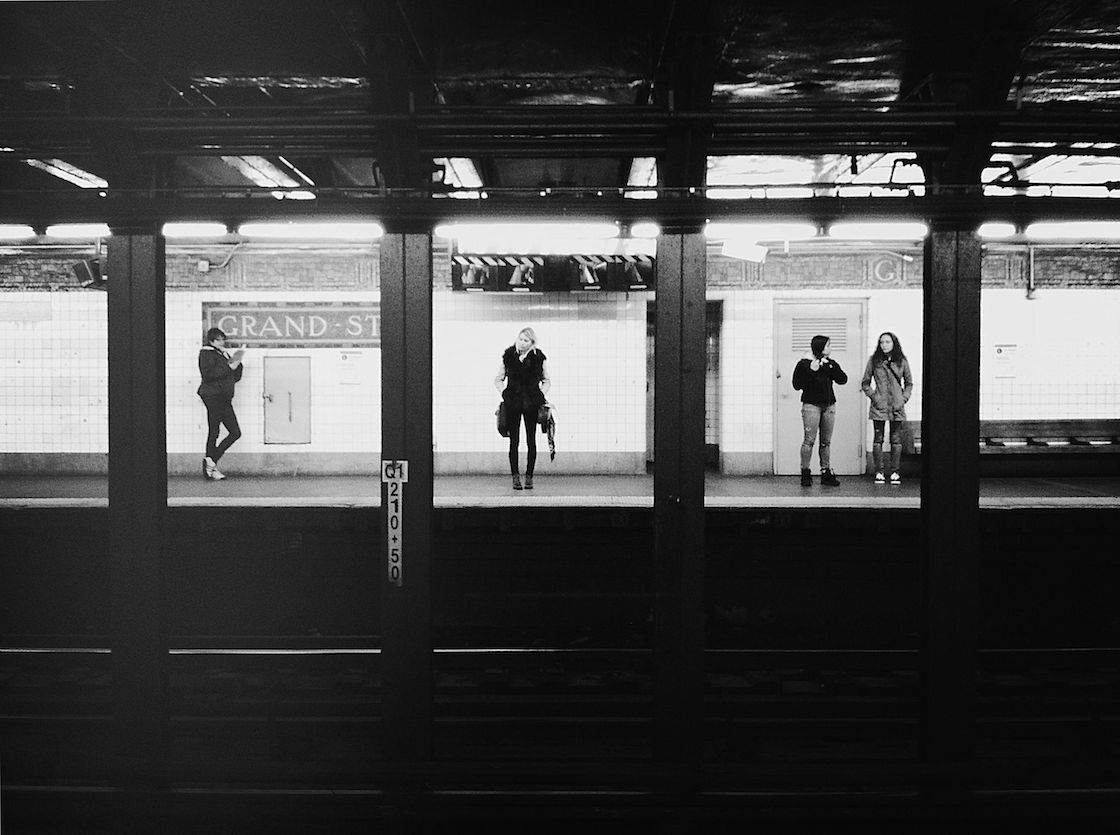

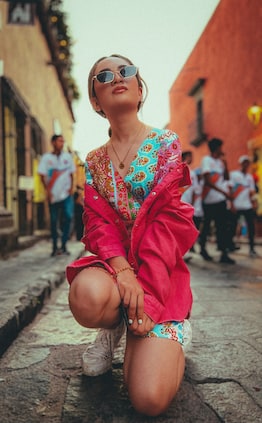
Thank you so much Greg for sharing your tips with us!
Yeah! Greg Schmigel, one of my favorite street photographers! Thanks for sharing your tips with us!
Thanks for sharing, some great images and very inspirational.
Enjoyed this a lot. I like his no nonsense approach to street photography and his thoughts on editing apps. Great interview!
Thanks, I also love his approach and insights 🙂
Great interview with a lot of insight. Some great pearls of wisdom
Agreed! Greg did a great job in this interview, I also learned a lot 🙂